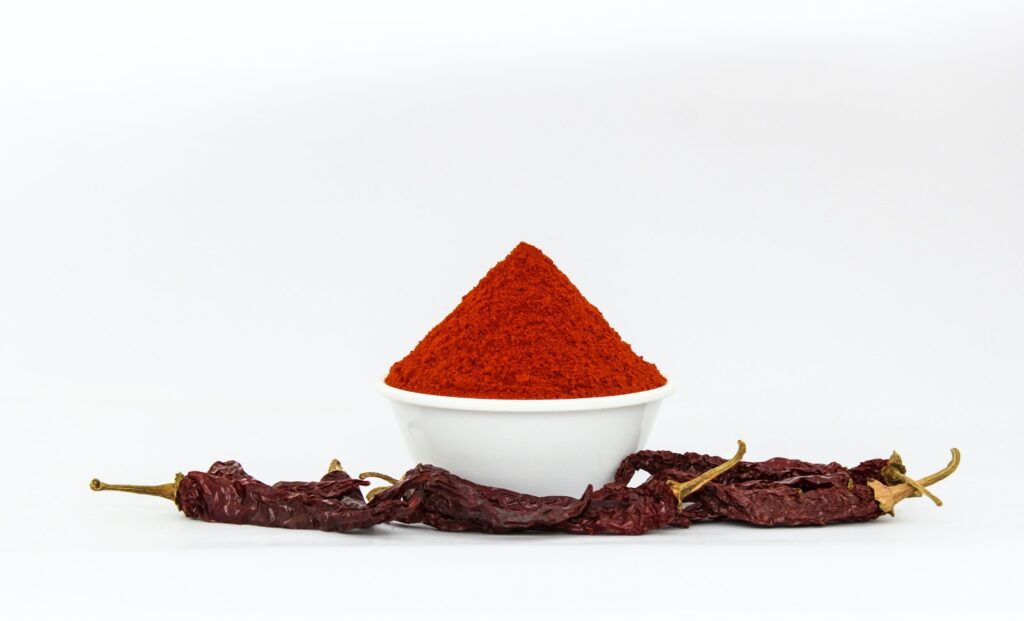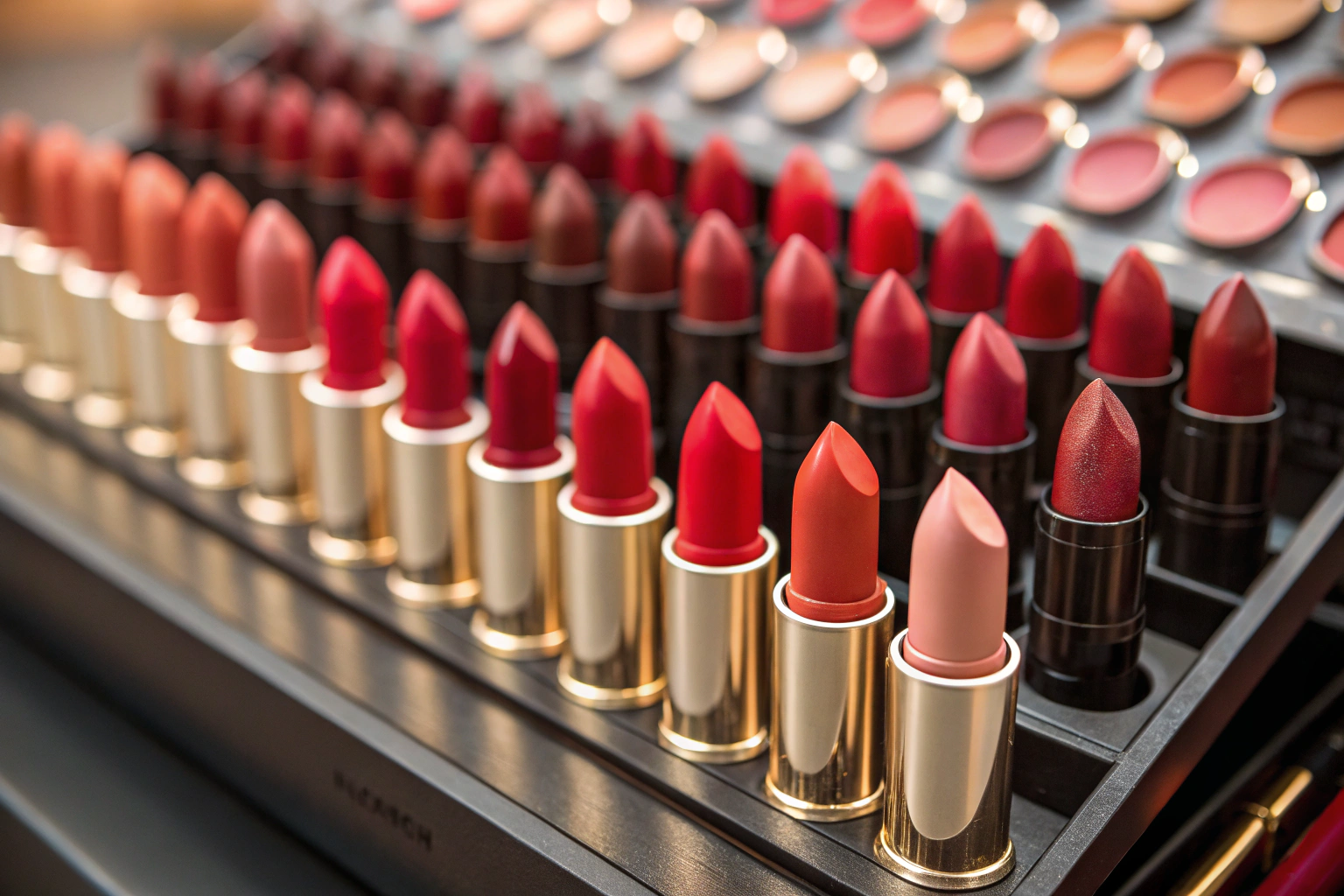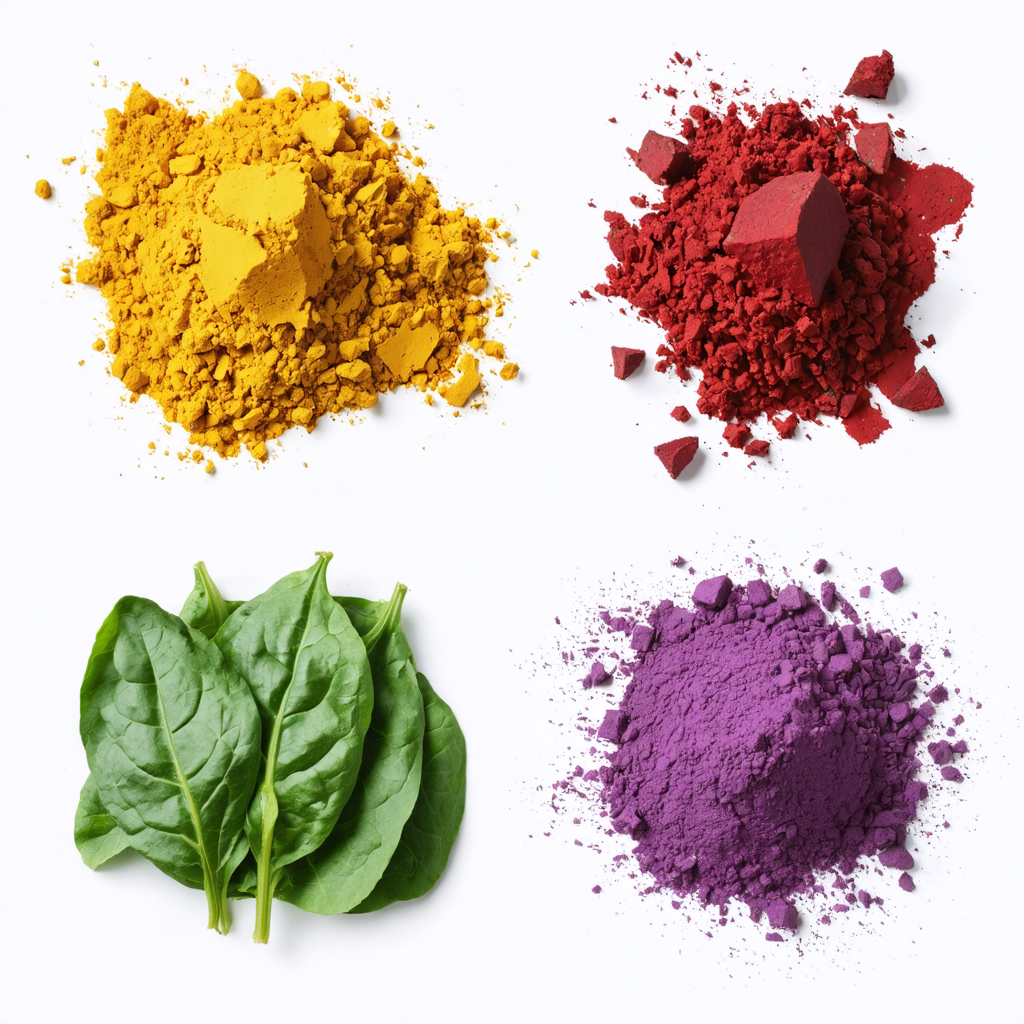Carmine and why it’s controversial? The answer may surprise you if you’ve ever wondered what gives some of your favourite branded cocktails, strawberry yoghurt, or
Even lipstick tints that deep crimson colour. Carmine dye, a colourful extract made from the dried and crushed shells of female cochineal insects, is the secret ingredient in many of these products.
Table of Contents
ToggleWHAT DOES CARMINE LOOKS?
The word “carmine colour” refers to a range of deep red hues that are slightly purplish but are typically a little more red than crimson.
WHY CARMINE IS CONTROVERSIAL?
The source of the colour is where most issues with it arise. According to estimates, between 22 billion and 89 billion adult female cochineals are
killed yearly to make carmine, and individuals who follow a vegan diet felt mislead by businesses that didn’t disclose the precise nature of their ingredients. It worries others who follow dietary-restrictive religions as well.
Eating insects has long been welcome by numerous tribes throughout the world. Even bugs have been promote as the next big protein superfood. Indigenous people of Central and South America have used carmine to colour
their garments for millenia, from the Maya to the Aztecs. Today, it is also a significant source of income for those countries.
RESEARCH ABOUT CARMINE
- Studies claim that because carmine is entirely natural, it is better for the environment than artificial substitutes. Coal or petroleum byproducts are frequently use to make artificial colorings. Even the most popular food colours have been link in studies to allergic reactions, hyperactivity, and other negative impacts in kids.
- Despite the fact that carmine is completely natural,
- Its growing use in the cosmetics sector has raised questions
- About its transparency which also become the reason of why its controversial
WHERE CARMINE IS MOSTLY USE?
Carmine is predominantly utilise in lip gloss, eye shadow, and lipstick in the cosmetics business. It is also use as a basis to obtain cooler pinks
and purples without the use of synthetic dyes, producing a vivid red hue and enhancing the wearability or shade intensity of makeup.
FOR WHAT IS CARMINE RENOWNED?
A colourant called carmine is used to create artificial flowers, paints, rouge,
and other cosmetic products, as well as some pharmaceuticals. The powdered scale insect carcasses are cooked in an ammonia or sodium carbonate solution to create carmine.
WHAT BENEFITS DOES CARMINE OFFER?
Its vivid red hue is persistent across a broad pH range and holds up well to exposure to heat, light, and oxygen.
WHAT CAN BE THE SIDE EFFECTS ?
Systemic reactions can occur after exposing a sensitive person to cochineal colours, as is abundantly obvious from the nature of the adverse reactions,
such as urticaria, rhinitis, diarrhoea, and anaphylaxis. The adverse responses in some cases were severe and necessitated immediate medical attention.
Click here to give inquiry.




